Growing Focus on Preventive Healthcare
There is a growing focus on preventive healthcare in Japan, which is influencing the medical imaging-software market. As healthcare providers emphasize early detection and prevention of diseases, the demand for imaging solutions that facilitate routine screenings and diagnostics is increasing. This shift towards preventive care is prompting healthcare institutions to invest in advanced imaging software that can provide accurate and timely results. The integration of imaging software with electronic health records (EHR) systems is also enhancing the efficiency of preventive healthcare initiatives. As a result, the medical imaging-software market is expected to expand, with estimates suggesting a potential market size of over $800 million by 2028, driven by the increasing adoption of preventive healthcare practices.
Rising Demand for Telemedicine Solutions
The medical imaging software market is seeing a rising demand for telemedicine solutions in Japan. As healthcare providers adapt to changing patient needs, the integration of imaging software with telehealth platforms is becoming increasingly important. This trend allows for remote consultations and diagnostics, enabling healthcare professionals to access imaging data from various locations. The convenience and efficiency of telemedicine are likely to drive the adoption of medical imaging software that supports remote access and collaboration. With the Japanese government promoting telehealth initiatives, the medical imaging-software market is poised for growth, potentially reaching a valuation of $600 million by 2027 as more healthcare facilities implement telemedicine solutions.
Aging Population and Rising Healthcare Needs
Japan's aging population is a significant driver for the medical imaging-software market. As the demographic shifts towards an older population, the prevalence of chronic diseases and age-related health issues is increasing. This trend necessitates advanced imaging solutions for early diagnosis and effective treatment planning. The demand for medical imaging software is likely to rise as healthcare facilities strive to accommodate the growing number of elderly patients requiring imaging services. According to recent statistics, approximately 28% of Japan's population is over 65 years old, which underscores the urgent need for efficient medical imaging solutions. This demographic shift is expected to propel the medical imaging-software market, with projections indicating a compound annual growth rate (CAGR) of around 8% over the next five years.
Technological Advancements in Imaging Techniques
The medical imaging software market in Japan is surging due to rapid technological advancements in imaging techniques. Innovations such as 3D imaging, high-resolution scans, and real-time imaging capabilities are enhancing diagnostic accuracy. These advancements are not only improving patient outcomes but also increasing the demand for sophisticated software solutions that can process and analyze complex imaging data. The integration of advanced algorithms and machine learning in imaging software is expected to drive market growth, as healthcare providers seek to leverage these technologies for better diagnostic capabilities. Furthermore, the Japanese government has been investing in healthcare technology, which may further stimulate the medical imaging-software market, potentially leading to a market valuation exceeding $1 billion by 2027.
Increased Investment in Healthcare Infrastructure
The medical imaging-software market in Japan is benefiting from increased investment in healthcare infrastructure. The government and private sector are allocating substantial funds to modernize healthcare facilities, which includes upgrading imaging equipment and software. This investment is crucial for enhancing the quality of healthcare services and ensuring that medical professionals have access to the latest imaging technologies. As hospitals and clinics expand their capabilities, the demand for advanced medical imaging software is likely to rise. Reports suggest that Japan's healthcare expenditure is projected to reach approximately ¥50 trillion by 2026, indicating a robust growth trajectory for the medical imaging-software market as facilities seek to improve operational efficiency and patient care.


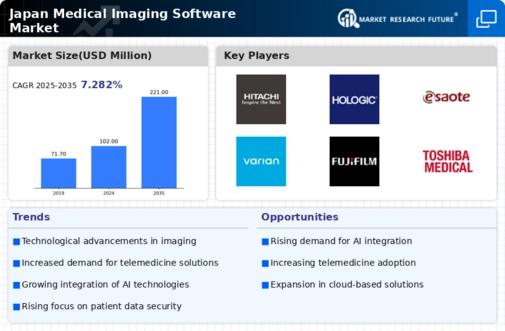
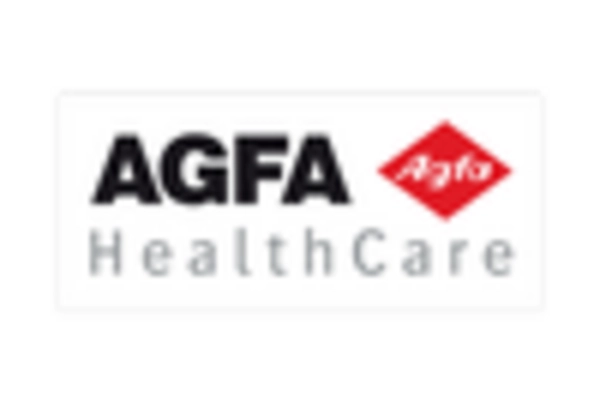
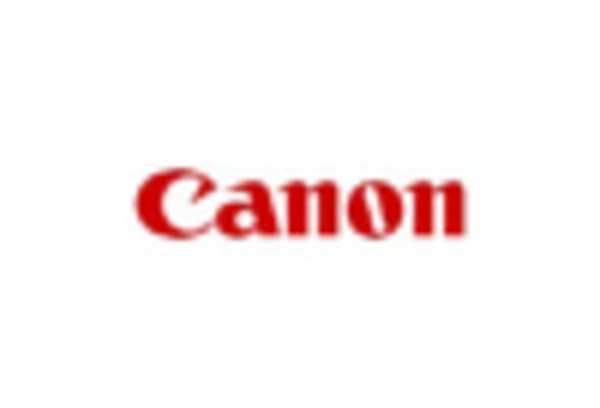
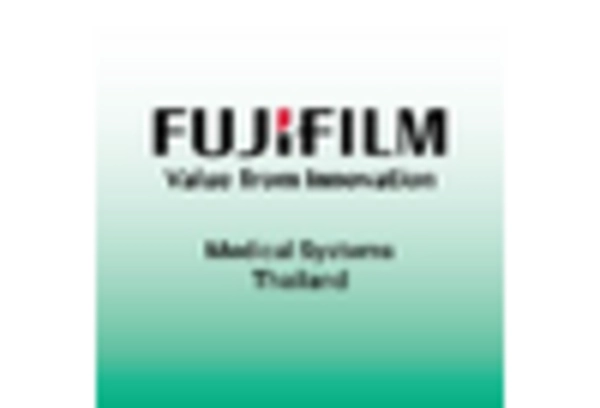
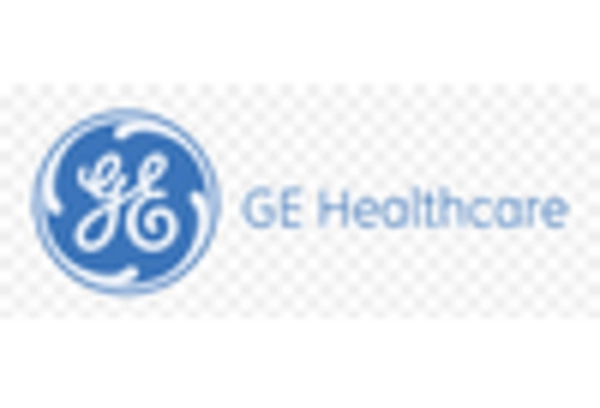
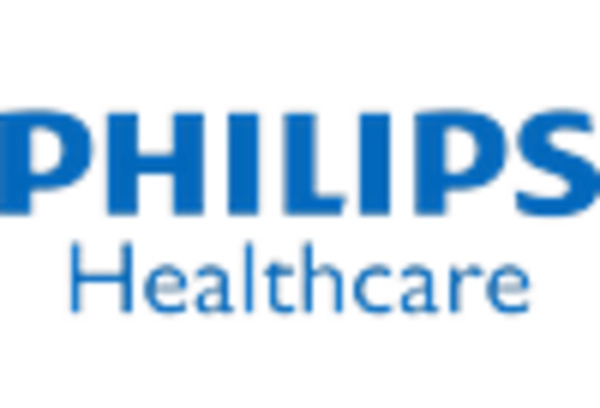
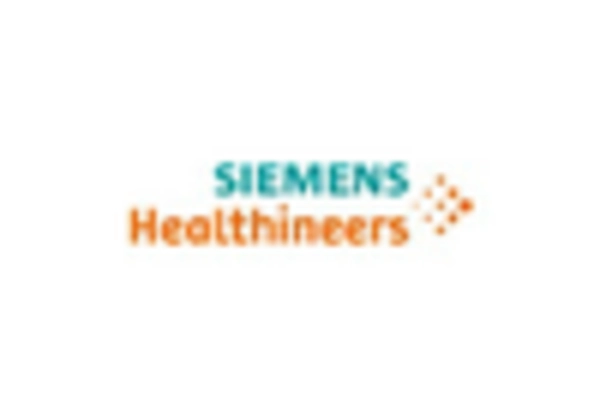








Leave a Comment